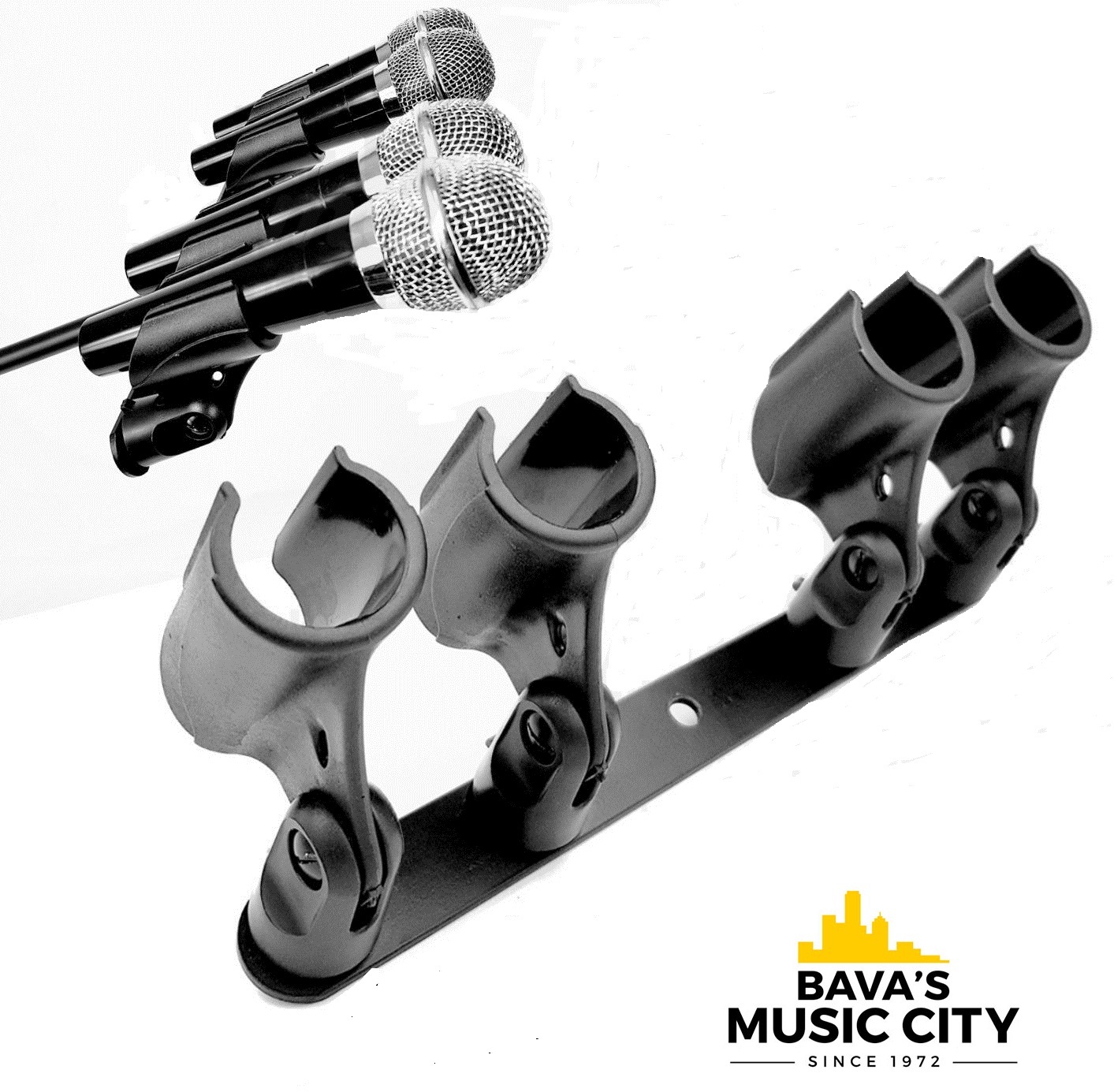
Most of these are cheap and lightweight and can be found from building supply stores. It is good to carry around a number of different clips and clamps for the materials and situations you might encounter. After all its the Contact that makes a contact mic. It is also handy to use something like blue-tack to make a firm connection to the surface of what you are trying to record. With the felt furniture pad backing and wood front I’m not afraid of bending the disc or crushing the ceramic part when using strong clamps or clips. The sensitivity increases and you tend to get much better bass response. Some people also coat their mics with something like plastidip which makes a nice clean protective finish.Īnother reason to protect the piezos is because they tend to work better when a bit of pressure is applied. The wood also “softens” the sound as piezos tend to have a sharp metallic sound (since they are actually made of metal). This is to make sure the disc does not bend and crack. I also glue a thin piece of wood to the front side with epoxy. I sometimes put the felt furniture pads that are used on chair leg bottoms over the crystal to protect it then I cover the whole disc with electrical tape. At the very minimum its good to put some kind of glue over the back of the disc to protect the crystal like ‘hot glue’. If the ceramic crystal is damaged in any way you’ll immediately know it. Getting good soldered contacts takes practice so always get extra plugs in case you make mistakes.įinalizing your contact mics is an important step. Be sure to insulate any contacts with electrical tape to avoid shorting the signal. Then connect both -negative leads to the outer longer lead on the plug. To make a stereo pair, simply solder up two single discs and attach the ‘hot’ +positive leads to the two center signal leads on the mini-jack plug. I often work in the field and connect my contact mics as a stereo pair to a flash recorder with a 1/8″ mini-jack but I have XLR versions as well. Most likely you will connect your contact mic to a mixer or directly to a recording device such as a flash recorder (Sony PCM-D50, Edirol R-09, Zoom H4n, Tascam DR- etc.). What plug you use depends on what kind of device you use for recording the signal. The ‘hot’ positive lead needs to be connected to this and the negative “ground” wire needs to be connected to the outer metal part. The center circle of the disc is the ceramic piezo element (what produces the voltage). All you need to do is connect then to a wire and the appropriate plug. As you can see some piezos come with leads already attached.

Some flux paste is helpful for getting the wires to stick more firmly to the contacts. A soldering iron and raw solder is needed.


Best of all they are cheap, usually 50 cents or less a piece, so order a few different kinds to test and see which ones work better.Īs for building contact mics, the process is fairly simple. As for what kind of disc to buy this is a question of great debate, but I generally stick to mid sized discs of 30-40mm with a resonant frequency of 1khz. They can be ordered from electronics components distributors such as Maplin in the UK or DigiKey in the US. Piezo transducers come in all shapes and sizes, the most common ones ranging from 25-50 mm in diameter. Connecting this to a recording device or mixer allows you to hear mostly hidden vibrations and resonances as sound.

If the signal is reversed using a piezo transducer as a mic instead of a primitive speaker, you’re actually picking up vibrations and having it produce voltage rather than consume it. Contact microphones are actually piezoelectric transducers and are mostly used for producing sound as buzzers, beepers and small speakers in electronic devices.


 0 kommentar(er)
0 kommentar(er)
